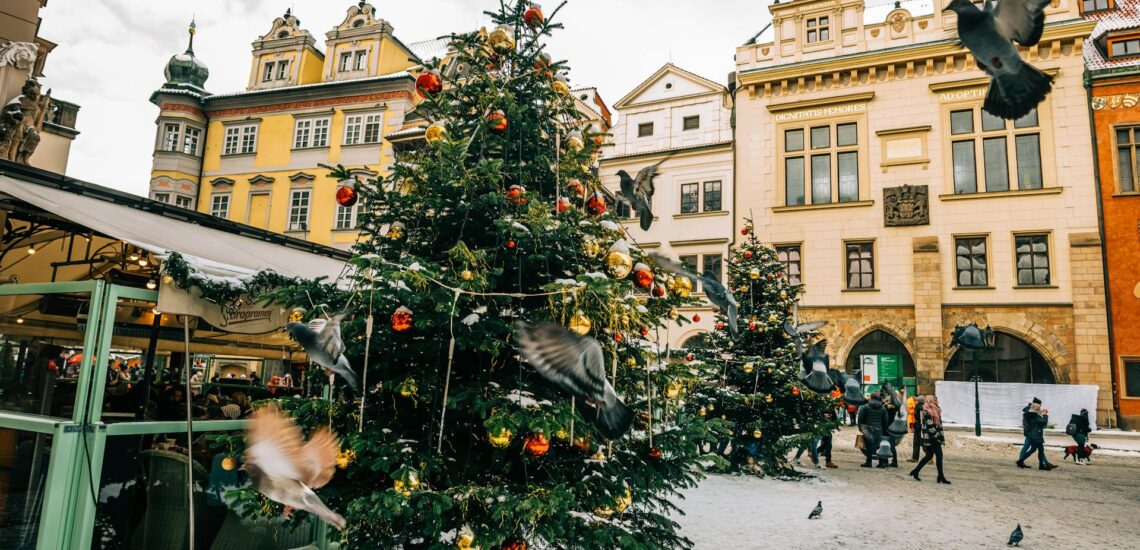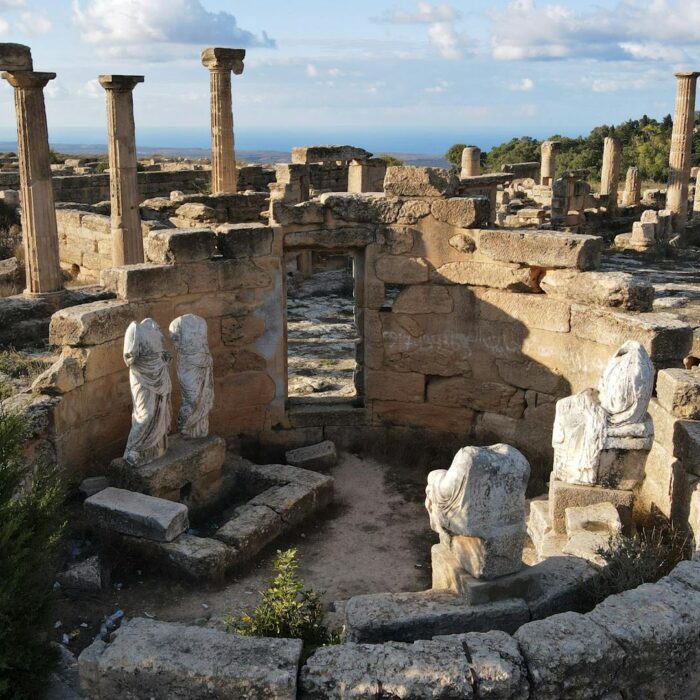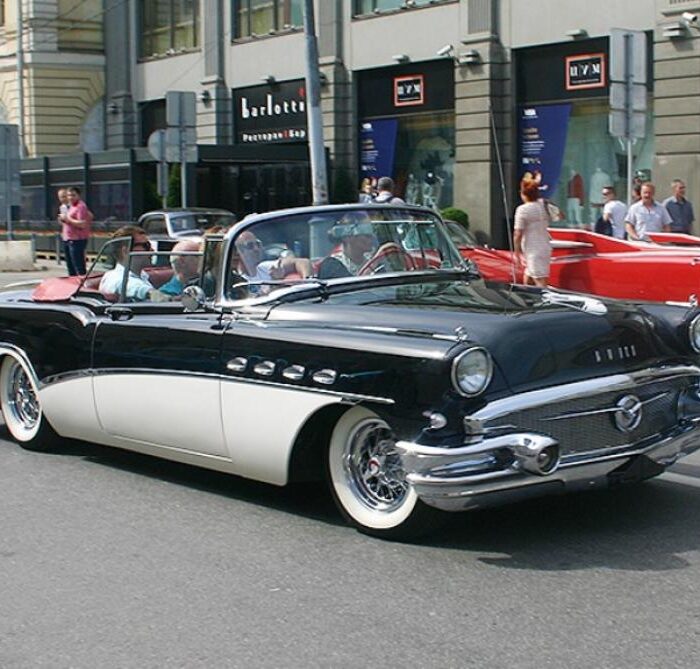Quick facts about Czechia:
- Location: The Czech Republic is located in Central Europe, bordered by Germany, Austria, Slovakia, and Poland.
- Capital: Prague.
- Population: Approximately 10.7 million.
- Language: Czech is the official language.
- Currency: The currency used is the Czech koruna (CZK).
- Historical Sites: The Czech Republic is known for its rich history and UNESCO-listed sites, such as Prague Castle and the historic center of Český Krumlov.
Fact 1: Prague Castle the largest castle complex in the world
The largest castle complex is located in the Czech Republic. (The largest castle in the world is in Poland. See “30 interesting facts about Poland“.) Perched above the Vltava River, Prague Castle is a historical masterpiece and one of the largest castle complexes globally. For over 1,000 years, it has been a seat of power, witnessing the reigns of kings, emperors, and presidents. This expansive complex showcases a blend of architectural styles, from Gothic to Romanesque and Baroque.
Notable structures within the castle include the awe-inspiring St. Vitus Cathedral, a 600-year-old architectural gem that stands as a symbol of Czech craftsmanship. Explore the Old Royal Palace, where history unfolds, and wander through the charming Golden Lane. This living testament to Czech history not only offers panoramic views of Prague but also echoes tales of coronations and cultural epochs. A visit to Prague Castle is a journey through centuries, where each stone holds a piece of the city’s rich and captivating narrative.
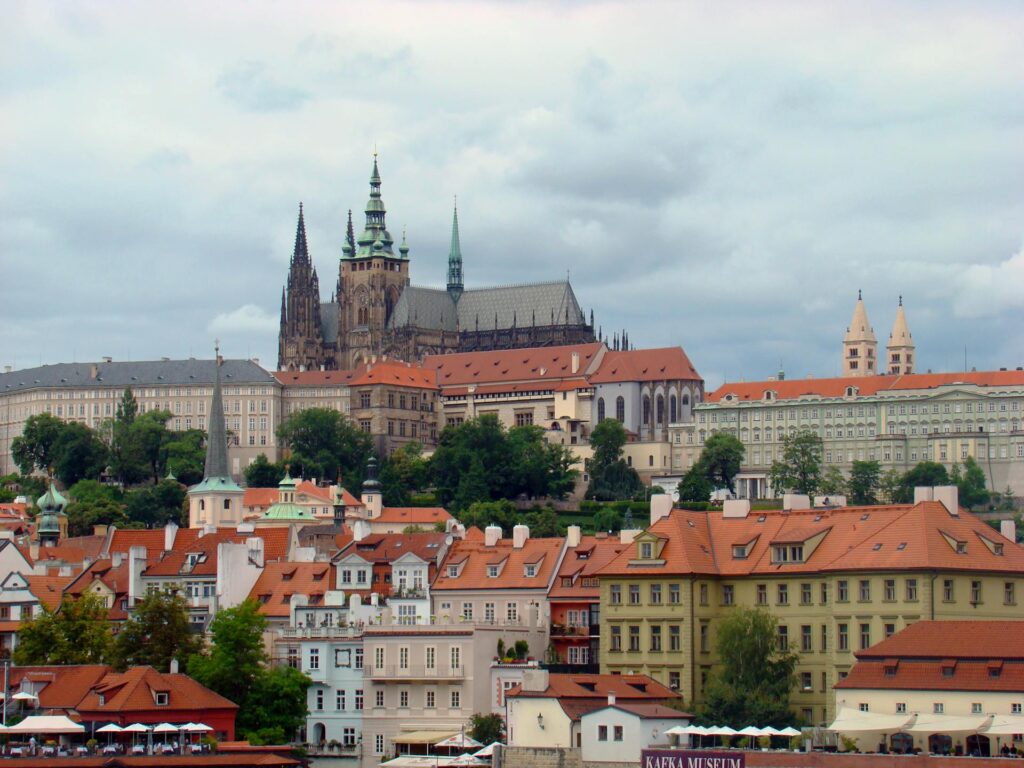
Fact 2: Prague is home to one of the oldest astronomical clocks in the world
The Prague Astronomical Clock, known as the “Prague Orloj,” is a medieval marvel located in the Old Town Square. Installed in 1410, it is the third-oldest astronomical clock globally and the oldest one still in operation. This intricate timepiece not only displays the time but also astronomical information, such as the position of the sun and moon in the sky. Visitors marvel at the hourly show, where the animated figures come to life, making it a captivating symbol of Prague’s rich history and craftsmanship.
Fact 3: There are more than 2000 castles in the Czech Republic
The Czech Republic proudly showcases a staggering number of more than 2,000 castles, a testament to its rich history and strategic significance in Central Europe. Among these, several stand out as notable cultural and architectural treasures.
- Karlštejn Castle, nestled in the Bohemian countryside, is a medieval fortress founded by Emperor Charles IV. Renowned for its picturesque setting and well-preserved interiors, Karlštejn is a symbol of Czech royal power.
- Český Krumlov Castle, a UNESCO World Heritage site, graces the charming town of Český Krumlov. With its impressive Renaissance architecture and beautifully landscaped gardens, it offers a journey through centuries of Bohemian history.
- Hluboká Castle, often referred to as the Czech Windsor, is an enchanting chateau with romantic Neo-Gothic and Renaissance features, surrounded by manicured English-style gardens.
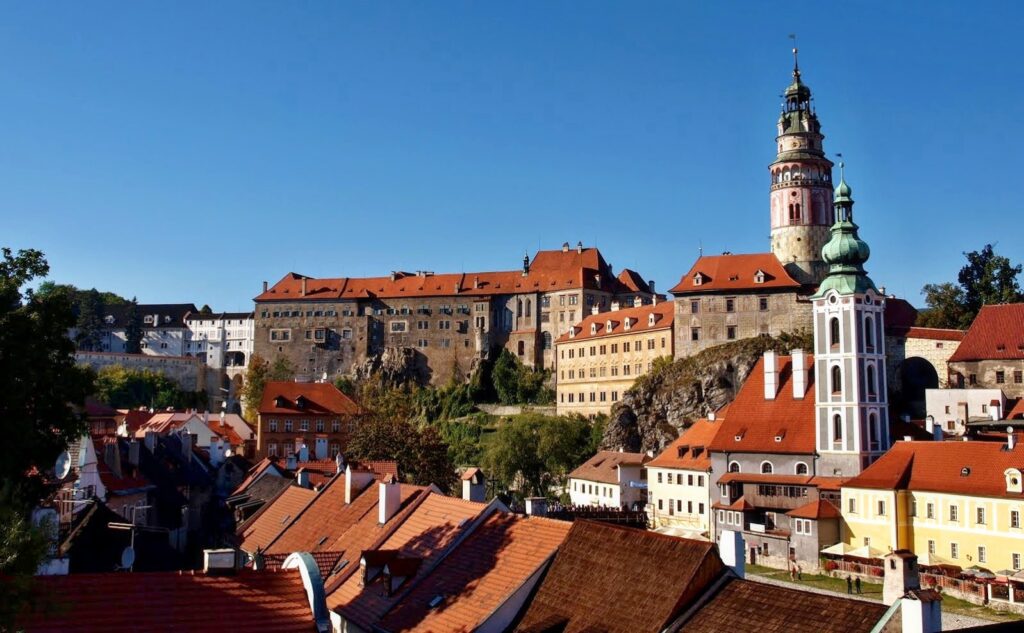
Fact 4: People in the Czech Republic love hockey
Hockey holds a special place in the hearts of people in the Czech Republic (a shared love of the sport with Slovakia, see “10 interesting facts about Slovakia“), and the nation has a rich history of triumphs on the ice. The Czechs, known for their skill and passion, have celebrated numerous victories in international ice hockey competitions. Notable achievements include multiple gold medals in the IIHF Ice Hockey World Championship and significant successes in the Winter Olympics.
Dating back to historic moments on the ice, such as winning the championship in 1996, the Czech Republic’s hockey legacy is marked by iconic players and memorable matches. The enthusiasm for hockey permeates the country, with fervent support for local teams and a lively atmosphere during international competitions. This enduring love for the sport has solidified hockey as a cherished part of the Czech cultural identity.
Fact 5: The Czech Republic is famous for its brewing
The Czech Republic’s brewing tradition has deep historical roots, with the city of Pilsen playing a pivotal role. The renowned Pilsner lager was first brewed in Pilsen in 1842, marking a significant milestone in the country’s brewing legacy. This event is often considered the birth of the Pilsner beer style, which has since become a global standard.
The Czechs’ appreciation for beer is also evident in their long-standing beer culture. The tradition of brewing and enjoying beer in the Czech Republic dates back centuries, with breweries operating in various regions. The country’s beer-related festivities, such as the Czech Beer Festival held annually in Prague, further highlight the enduring and festive nature of the Czech beer culture.
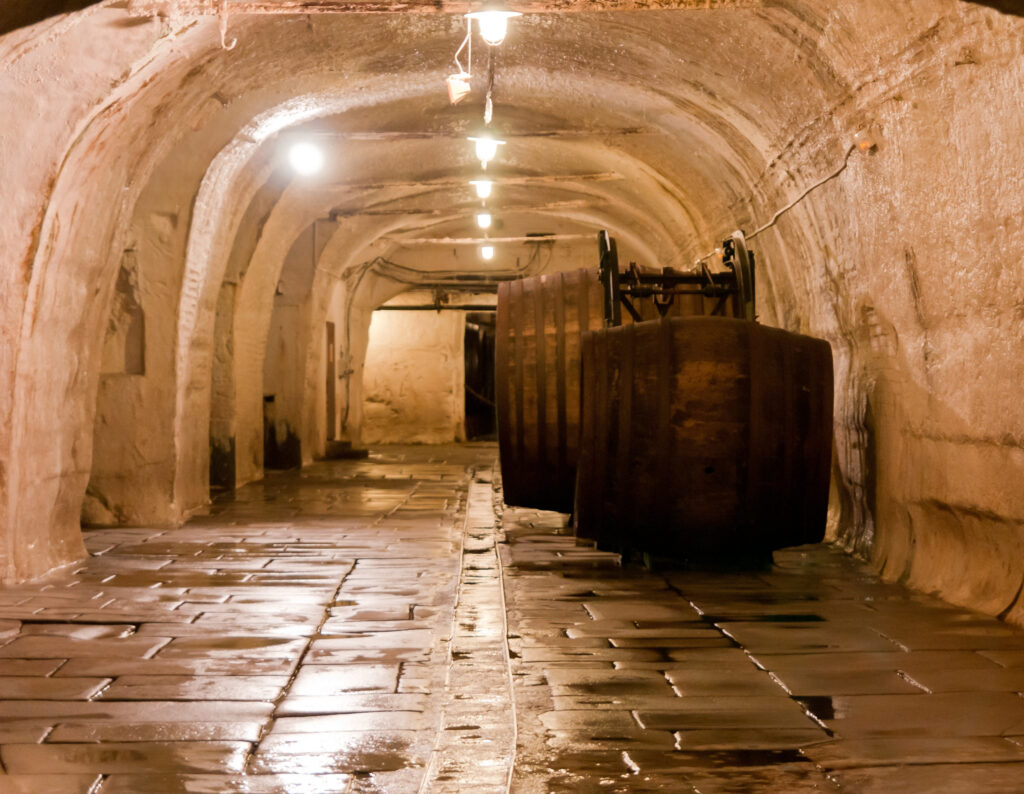
Fact 6: Czech Republic has the deepest underwater cave in the world
The Hranice Abyss, located near the town of Hranice in the eastern part of the Czech Republic, holds the distinction of being the deepest known underwater cave. Explored by cave divers, the abyss reaches depths of over 404 meters (1,325 feet), making it an extraordinary and challenging site for underwater exploration. The cave system is known for its intricate passages and chambers, showcasing the geological wonders hidden beneath the surface in this Central European country.
Fact 7: Dogs are loved in the Czech Republic
In the Czech Republic, dogs are not just pets; they are valued members of families. The country embraces a dog-friendly culture, with many public spaces, parks, and outdoor areas welcoming canine companions. Cities like Prague, for example, feature numerous dog-friendly parks where owners can stroll with their furry friends.
It’s common to see locals taking their dogs to cafes, restaurants, and even shops that warmly accommodate four-legged visitors. This dog-friendly attitude reflects a broader appreciation for the companionship and joy that dogs bring to people’s lives in the Czech Republic.
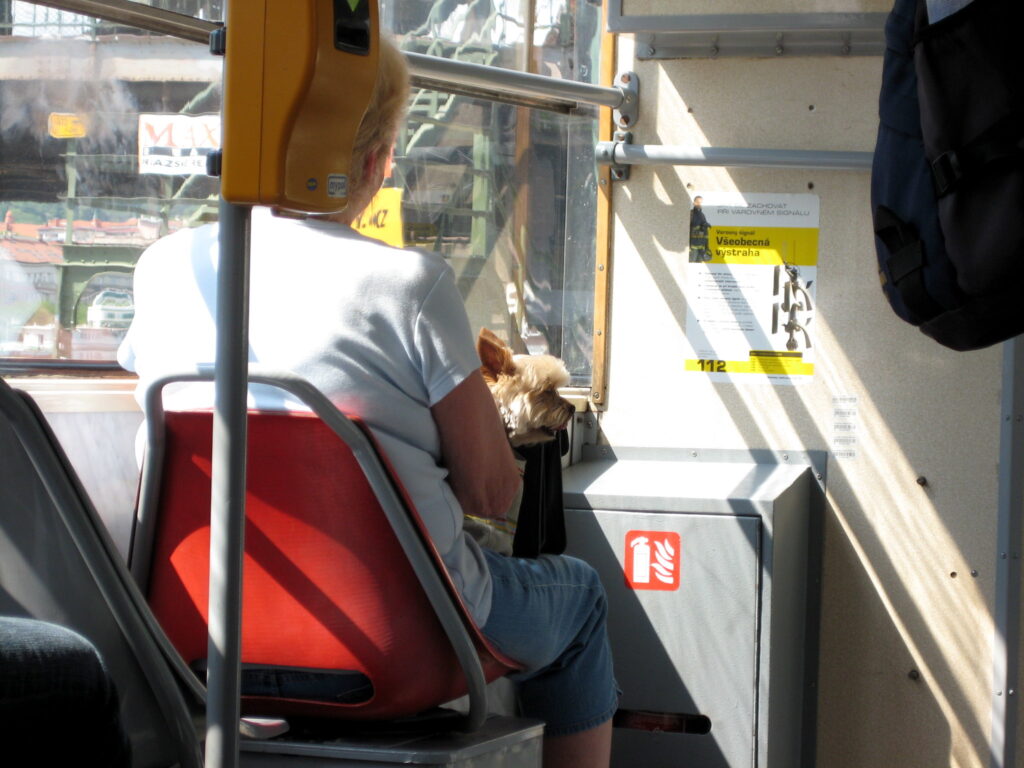
Fact 8: The Czech Republic has many resort towns
The Czech Republic is home to more than 30 spa towns, each offering a unique blend of therapeutic experiences. These towns collectively host hundreds of mineral springs, with Karlovy Vary alone boasting around 13 main springs. The country’s spa culture is not just a recent phenomenon – it dates back centuries, with some spa towns having roots in medieval and Renaissance periods. Today, these spa destinations collectively contribute to the Czech Republic’s reputation as a hub for health and wellness tourism.
Fact 9: There are 12 UNESCO World Heritage Sites in the Czech Republic
Despite its relatively small size, the Czech Republic boasts an impressive total of 12 UNESCO World Heritage Sites:
- Historic Centre of Prague: A UNESCO-listed ensemble of historic buildings, squares, and landmarks, including the iconic Prague Castle and Charles Bridge.
- Historic Centre of Český Krumlov: Renowned for its picturesque medieval architecture, Český Krumlov’s historic center is a charming blend of Gothic, Renaissance, and Baroque styles.
- Historic Centre of Telč: Telč’s square is a masterpiece of Renaissance urban design, surrounded by well-preserved Gothic, Renaissance, and Baroque houses.
- Pilgrimage Church of St. John of Nepomuk at Zelená Hora: This unique Baroque church, situated on a green hill, is a pilgrimage site known for its architectural and symbolic significance.
- Kutná Hora: Home to the Church of St. Barbara and the Sedlec Ossuary, Kutná Hora showcases Gothic and Baroque architecture, recognized for its historical importance.
- Lednice-Valtice Cultural Landscape: A vast landscape dotted with romantic Neo-Gothic and Neo-Renaissance structures, including the Lednice and Valtice chateaux.
- Holy Trinity Column in Olomouc: A Baroque monument, this column in Olomouc’s main square is a tribute to the Holy Trinity and a symbol of religious devotion.
- Gardens and Castle at Kroměříž: The Flower Garden and Castle at Kroměříž showcase Baroque architecture and landscaped gardens, recognized for their artistic and historical value.
- Holasovice Historical Village Reservation: A remarkably preserved South Bohemian village, exhibiting traditional vernacular architecture from the 18th and 19th centuries.
- Litomyšl Castle: A Renaissance castle with a unique Italian-style arcade, Litomyšl Castle is known for its cultural and architectural significance.
- Tugendhat Villa in Brno: An exemplar of modernist architecture designed by Ludwig Mies van der Rohe, the Tugendhat Villa is a UNESCO-protected gem.
- Erzgebirge/Krušnohoří Mining Region: A transboundary site shared with Germany, this region showcases the interconnected mining heritage of the Ore Mountains, known for its historic mines and mining landscapes.
Note: To get around them all by car, check if you need an International Driver’s License in the Czech Republic to drive.
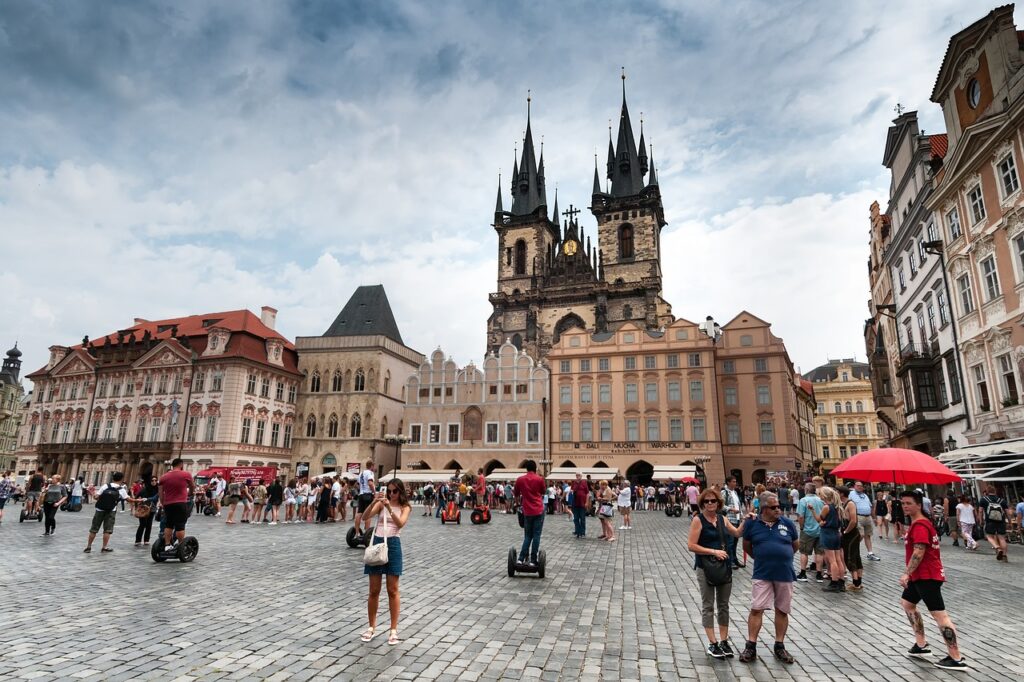
Fact 10: The Czech Republic (Bohemia) had its own reform movement
The Bohemian Reformation originated from discontent with the Catholic Church’s practices, including issues of corruption and a desire for church reform. Jan Hus, a Czech priest and reformer, played a central role by challenging church doctrines, advocating for communion in the vernacular language, and opposing the sale of indulgences. The burning of Jan Hus at the Council of Constance in 1415 fueled resentment and led to the Hussite Wars, where followers of Hus fought for religious freedoms. The Bohemian Reformation left a lasting legacy, influencing the development of Hussitism and contributing to the distinctive religious landscape of the Czech Republic.
This historical movement left a lasting imprint on the Czech Republic. It fostered a tradition of religious tolerance and independence, evident in the country’s modern ethos. The legacy of the Bohemian Reformation continues to influence Czech culture, emphasizing a distinctive approach to faith.

Published February 11, 2024 • 8m to read

